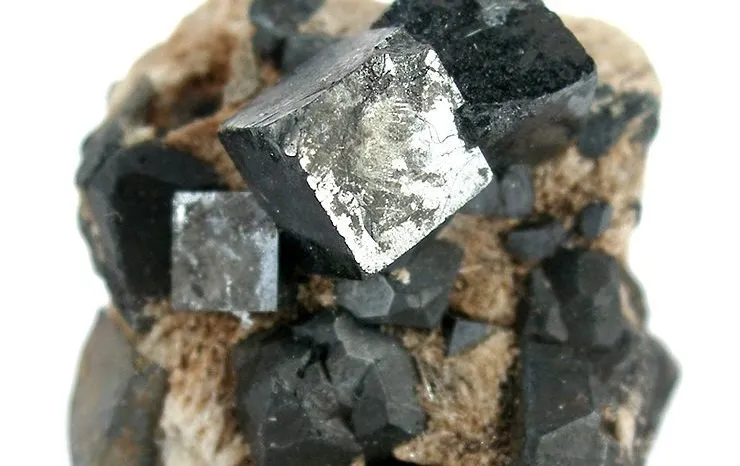Straining to fix perovskite cells
Nov 2, 2019 09:53 AM ET
- A technique based on optical imaging has been used by an international research team to illuminate strains in lead halide perovskite solar cells without harming them. The scientists claim the approach helped them discover misorientation between microscopic perovskite crystals was the main cause of the strains.

Researchers from the University of Washington, in Seattle, and the FOM Institute for Atomic and Molecular Physics in the Netherlands, have used optical imaging with a new electron detector to identify the exact location of strains which in perovskite solar cells are responsible for their well-known thermal instability.
In the paper Local Crystal Misorientation Influences Non-radiative Recombination in Halide Perovskites – published in Joule – the scientists explained, identifying exactly where strains occurred in halide perovskite cells, without harming them, was key to the research.
Previously, said the researchers, the best way to pinpoint the location of such strains was to bombard the solar cell with high-energy electrons, a process which had the far-from-negligible drawback of burning the cell. The new, non destructive approach proposed is based on using ultra-sensitive electron backscatter diffraction to map crystal orientations, grains and grain boundaries in the perovskite cells.
A dry lakebed
“We can show that strain builds up due to the grain orientation, which is information researchers can use to improve perovskite synthesis and manufacturing processes to realize better solar cells with minimal strain – and therefore minimal heat loss due to non-radiative recombination,” the research team wrote. They described the detected grain structure as resembling a dry lakebed with the cracks representing boundaries among thousands of perovskite grains.
The researchers found larger grains tended to have larger grain orientation spread, an incidence consistent with higher degrees of strain and non-radiative recombination. Misorientation between microscopic perovskite crystals is said to be the primary cause for strains in the cell, as it creates small scale defects in the grain structure, disrupting electron transport.
The proposed strain analysis technology, as well as being non-destructive, offers for the first time a 3D orientation of the crystals within a perovskite solar cell, stated the research team. “Now we can explore strategies like controlling grain size and orientation spread during the perovskite synthesis process,” said the paper’s senior author, David Ginger.
Also read

